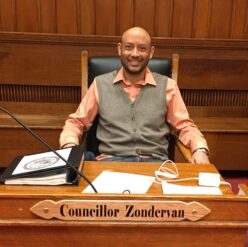I recently chaired a hearing of the Health & Environment Committee to restart discussions around amending the city’s Tree Protection Ordinance.
How we got here
This discussion began in earnest back in 2017 with a policy order from then-councillor Jan Devereux, which resulted in the creation of a task force charged with looking at ways to better protect the urban tree canopy. The Urban Forestry Master Plan Task Force finished meeting in 2019, and though consultants delivered an excellent presentation to the Health & Environment Committee in a November 2019 hearing, the discussion was ultimately sidetracked by the COVID-19 pandemic and the start of a new council term.
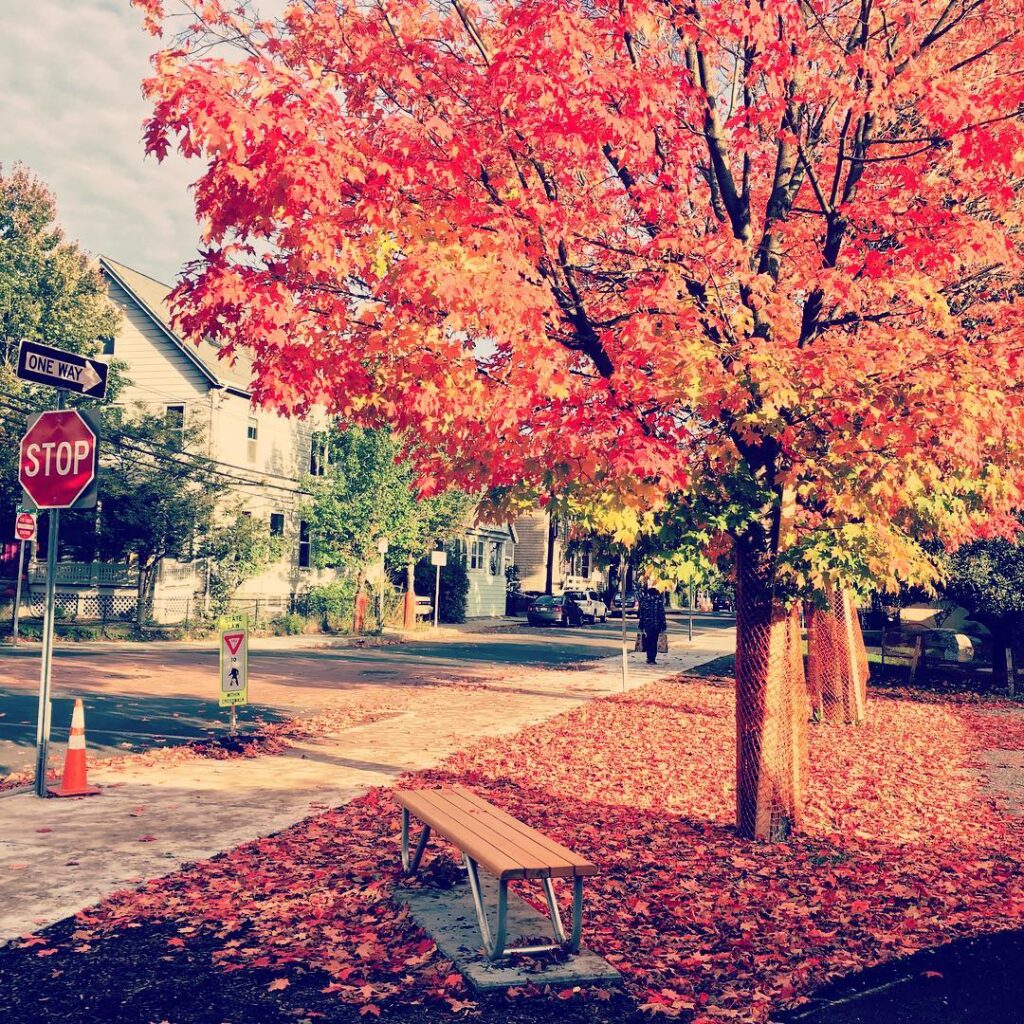
Early on in their deliberations, the task force received an infamous report from the city stating that based on LiDAR data collected over time, the city’s tree canopy had declined by nearly 20% since 2009. This data confirmed a long suspected trend and brought a new level of urgency to the discussion. Last term in response to this new information, which also revealed that most of the loss had occurred on private property within the city, the council approved an amendment I introduced to the Tree Protection Ordinance (TPO) to create a new permitting requirement for cutting any significant tree on private property, as well as a one-year moratorium on issuing such permits (with exemptions for dead or dangerous trees). This had an immediate cooling effect on the destruction of healthy trees in our city, as anticipated.
The purpose of the “tree moratorium”, as it has come to be known, is to prevent as much canopy loss as possible while new regulations are implemented based on the findings of the task force. Trees are one of the only irreplaceable elements of our urban landscape; if a 50-year old tree is cut for convenience sake, it will take 50 years to replace what was lost. There are no shortcuts, and each unnecessary loss is devastating for our city. When it became clear this past February that the process was delayed to the point where the council would not have a chance to incorporate findings into the existing Tree Protection Ordinance ahead of the moratorium’s expiration date, I led the effort to extend it for another year (we got that done just before the pandemic hit).
Proposed long term changes
Of course, reversing our canopy loss requires a comprehensive strategy that goes far beyond changing the city’s laws. But strengthening the existing Tree Protection Ordinance is one of the most immediate and direct interventions we can make as a City Council, and changes are long overdue. Here is a list of the key changes being proposed:
- Expand the ordinance to cover all private properties (including affordable housing)
- Redefine what it means to be a significant tree, lowering the threshold from 8 inches in diameter down to 6 inches
- Extend special protections to all trees 30 inches or larger (often referred to as “legacy”, “exceptional”, or “heritage” trees)
- Change and adjust mitigation requirements for cutting down a healthy tree
- Require a city arborist’s inspection prior to occupancy for large projects
- Establish a tree trust and ensure tree replacement funds are spent on enhancing our canopy in an equitable way
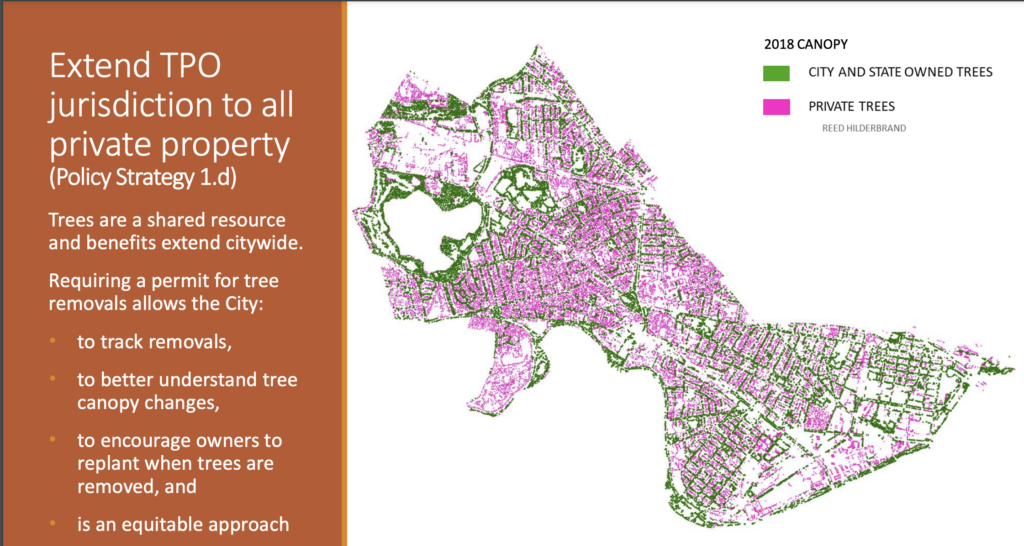
The biggest challenge is finding a way to prevent large trees from being cut down while further incentivizing planting and preservation. While it is easy to say that no healthy, significant trees should ever be cut down on private property, the task force cautions that such a policy could stymie new plantings. They found that we would need to plant 2,750 trees annually just to reduce the amount of canopy loss we are experiencing by 50%, yet we currently plant less than half that amount each year on public land. Our ability to increase the number of trees planted each year is limited by opportunity rather than funding, as most remaining opportunities to plant are on private land. For this reason, finding ways to get property owners to plant as many new trees as possible is key to our success. The city has proposed three primary mitigation strategies for consideration:
- A “one for one” replacement policy, in which a tree of any size that is cut down must be replaced by a single new tree. Obviously this policy would not take into account the size and age of the tree being cut down, and would always result in a net canopy loss.
- A “some for one” replacement policy, in which replacement and mitigation is determined by the trunk diameter of the tree being lost. This recognizes that bigger, older trees are more valuable.
- A hybrid of the first two options in which additional consideration is given to where the trees are planted. If the trees are replanted on private property, then the replacement would be based on 50% of the diameter of the tree trunk instead of 100%
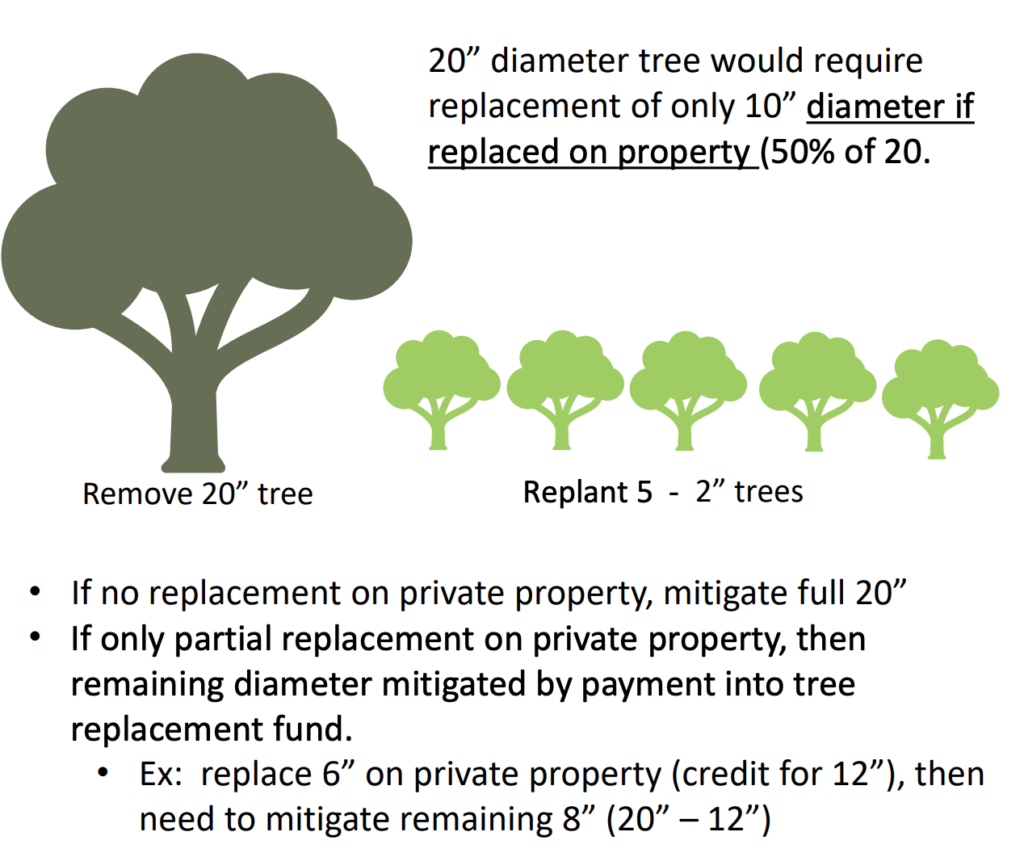
In addition to those options, the city has presented three additional mitigation tools for us to consider:
- Requiring additional mitigation of 1.5x the diameter for “exceptional trees”
- Allowing alternative mitigation (things that provide shade that aren’t trees) on certain smaller properties
- Determining mitigation by a “trunk area formula” instead of the diameter of the tree trunk.
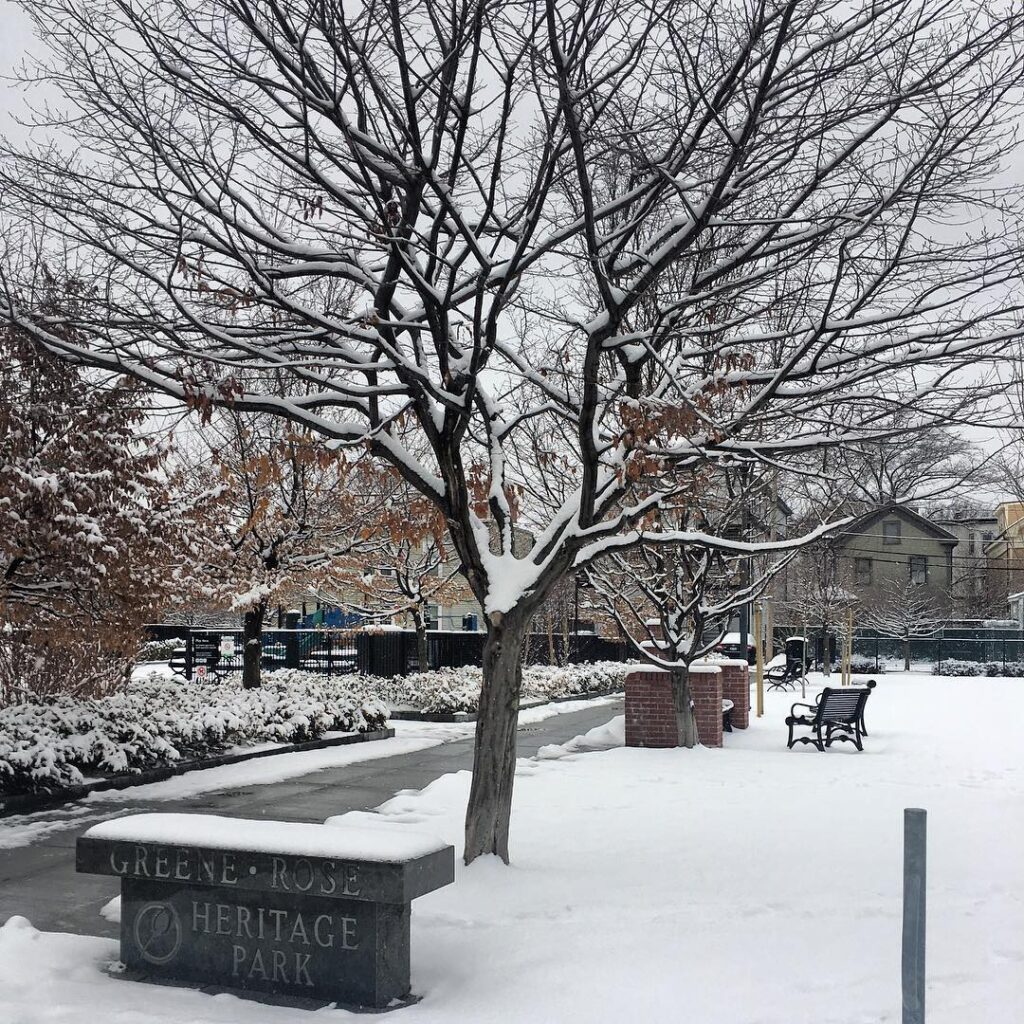
There’s no one simple solution to this conundrum, and any cocktail of mitigation strategies we employ must be accompanied by more resident education and support. The general population is not very well educated on the importance of trees to human health and safety. This needs to be remedied, both in our public school curriculum and general outreach.
We also need to support property owners in making good decisions about their piece of our shared canopy. That includes helping them make decisions on appropriate species to plant, optimal planting location(s), and financial assistance not only with planting but also with maintenance of the tree. We can even provide trees to property owners from our bare root nursery.
Time is of the essence
COVID-19 and other council priorities have delayed the continuing of this discussion until now, and the moratorium currently in place expires on December 31, 2020. Thanks to the hard work of the UFMP task force and DPW we are very well positioned to make timely updates to the TPO, but we want to make sure we get it right and give ourselves enough time to do so. The next committee discussion on this topic will take place on November 10 at 10 AM, and we should actually have ordinance language available at that meeting to advance to the full council for a hearing in the Ordinance committee. If you’re interested in this topic, please send us your thoughts ahead of the next hearing. You can email [email protected] (be sure to copy [email protected] so your testimony gets entered into the official record).
Rest assured, this council will not invite a tree cutting frenzy by letting what is currently in place expire for any length of time before the long term protections are in place- I will propose an additional (short) extension to the moratorium if necessary!
